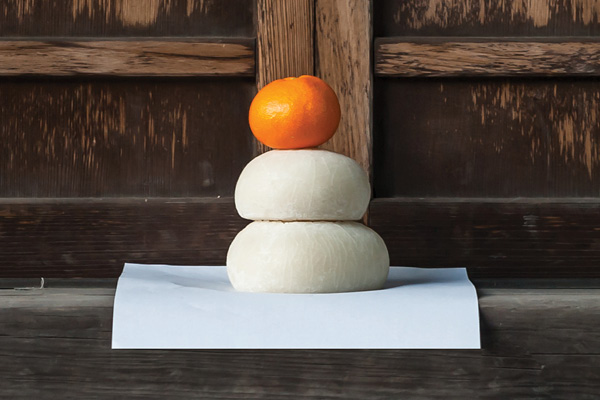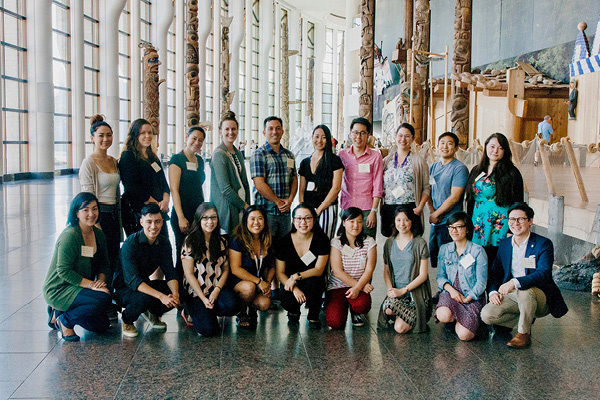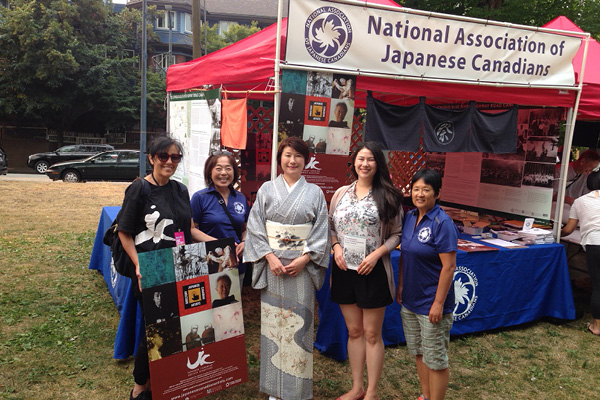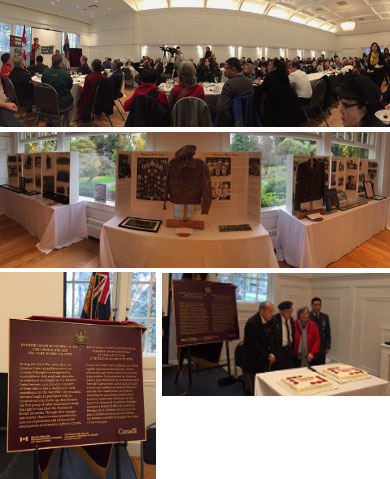
At the September Calgary AGM, the National Association of Japanese Canadians celebrated the 100th anniversary of the Nikkei Volunteers of World War I and it was fitting that the organization was well represented at the Remembrance Day Ceremony held at the Japanese Canadian War Memorial in Stanley Park on November 11th this year.
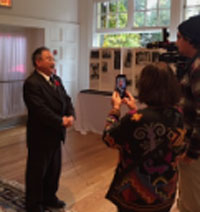 In attendance and making a speech was President David Mitsui with members of the National Executive Board: Lorene Oikawa (VP), Lisa Uyeda (Heritage Chair) and Susanne Tabata (Arts, Culture and Education Chair). The NAJC looks forward to honouring the 100th anniversary of the battle of Vimy Ridge during the NAJC AGM being held in Ottawa in 2017.
In attendance and making a speech was President David Mitsui with members of the National Executive Board: Lorene Oikawa (VP), Lisa Uyeda (Heritage Chair) and Susanne Tabata (Arts, Culture and Education Chair). The NAJC looks forward to honouring the 100th anniversary of the battle of Vimy Ridge during the NAJC AGM being held in Ottawa in 2017.
David Mitsui, President
National Association of Japanese Canadians
Remembrance Day Services at the Japanese Canadian War Memorial
Stanley Park, Vancouver, BC
November 11, 2016
November 11th is a very special day for me. I recall growing up when my family would visit my grandfather, Sgt Masumi Mitsui, on Remembrance Day. At his home in Hamilton, he would dress in his military uniform, wear his Canadian Legion Beret, and proudly display his WWI medals. It was his way to remember and honour his comrades. My father told me that when I was about 5 years old I was sitting on his lap, admiring his medals and I asked him if I could have them. He said that one day I would receive them.
After his death, on April 22, 1987, his WWI medals were bequeathed to me. Ever since the day that I received his medals, my life has been forever changed. I started to do more research about the Japanese Canadian Issei volunteers in WWI and their heroic efforts to not only enlist but their fight for the rights of full Canadian citizenship upon their return after the war. I came to understand the significance of the Japanese Canadian War Memorial, dedicated in April 1920 in Stanley Park, which not only honours and remembers the 54 issei who lost their lives in the First World War, but also came to symbolize their ultimate sacrifice with the attainment of the right to vote for the Japanese Canadian veterans of WWI in 1931. And I came to learn more about my grandpa and being awarded the Military Medal for Bravery on Hill 70, his leadership within the Japanese Canadian community as President of Canadian Legion Branch # 9, the uprooting of his family and the dispossession of his 17 acre poultry farm in Port Coquitlam, incarceration during WWII, and resettlement in Hamilton, Ontario after the war.
It is such an honour, and I am humbled, to be able to participate in the Remembrance Day Services in Stanley Park, and lay the wreath on behalf of Canadian Legion Branch # 9 these past 4 years. This year was particularly special because I participated in the unveiling of the Parks Canada Historic Sites and Monuments Board of Canada plaque to memorialize and designate the Japanese Canadian veterans of WWI obtaining the right to vote in 1931 as an event of national historic significance, as the first persons of Asian ancestry to gain the right to vote in British Columbia. I am very appreciative of the assistance of Lyle Dick (retired), former historian with Parks Canada, and support from Lt Col Roy Kawamoto (retired), with my application for this historic designation.
Remembrance Day services at the Japanese Canadian War Memorial in Stanley Park is a very special place to be on Nov 11th. And every day, it holds a great deal of meaning for the families of all-Canadian military veterans of Japanese ancestry who gave the ultimate sacrifice.
The Japanese Canadian War Memorial Committee, under the leadership of Linda Kawamoto Reid, deserves the credit for planning the annual Remembrance Day Services at the cenotaph and the Nikkei National Museum and Cultural Centre deserves recognition for its ongoing support of this annual event.
Remembrance Day 2016
By Lorene Oikawa
The bugle sounds with the familiar first notes of the Last Post. It pulls me deep into Remembrance Day and the two minutes of silence at the Japanese Canadian War Memorial in Stanley Park. I thought I learned history in school, but so much is missing. I did not learn that over 220 Japanese Canadian volunteers tried to enlist, but after being rejected in British Columbia they went to Alberta and were accepted in 1916. Some of the volunteers served with the Fighting Tenth Battalion who had a role in the Canadian victory at Vimy Ridge.
After the ceremony at the memorial, most of us gathered at the Stanley Park Pavilion for a reception. I was surprised and pleased to see a photo and mention of my uncle Buck (T. Buck Suzuki) as part of the display. He offered to serve Canada in World War II, as did other Japanese Canadians even though 22,000 Canadians of Japanese ancestry was forcibly uprooted, dispossessed, and incarcerated. I heard my uncle’s story from my cousins. My uncle was refused by the Canadian army, accepted by the British army and then considered on loan from the Canadian army. He was one of two Nisei (second generation) sergeants and he worked for MI6 while others worked for S20. So many stories aren’t known and it makes the annual Remembrance Day event even more significant. We must learn and remember.

